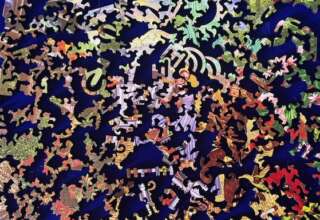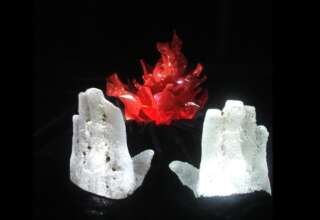
Similar analyses could be offered with regard to other sectors of American society and with regard to many other societies in the world (where psychological covenants might be even stronger and reinforced by long-standing traditions and religious sanctions). While the presence of psychological covenants, and the other two slightly less virulent forms of collusive freezing, might lead one to lose all hope that collusions can be broken up, it is important not to abandon the effort. At the very least, as coaches and consultants we must help our clients recognize the existence of these dynamics. We must be careful when promoting collaboration and collective intelligence not to collude ourselves and contribute to our client’s collaborative collusion. We must be sure not to provide a new rationale or create a new myth regarding the need for team commitment. We must encourage our client to avoid any collaborative process that fails to be reflective and self-critical. Ultimately, collective intelligence is not just about shared knowledge of the world or about the generation of new ideas and creative solutions to seemingly intractable problems. It is also about social intelligence: the capacity (and willingness) to be smart about ways in which one’s own team is operating. This is particularly important when a team is facing the challenging collusion involved in narcissism—the topic to which I turn in concluding this essay.
The Narcissistic Challenge
Narcissism is one of the most powerful forces operating in many contemporary organizations. This is not only the narcissism of the leader but also the broader narcissism of the organization’s culture. Furthermore, there is ample evidence to suggest that narcissism tends to increase when leaders or organizations are experiencing threat, elevated levels of stress, or (in particular) sustained trauma. The psychodynamically-oriented clinicians and those working with teams and whole organizations speak of this as “regression” to a more primitive state of development. Sometime this regression “is in the service of the ego” (that is to say it is temporarily adaptive, releasing creativity, commitment and character), but in most instances it is destructive. Neuroscientists similarly describe the impact of threat, stress and trauma on the limbic system of the human body—leading to the classic fight/flight response (particularly among men) that is mediated by elevated levels of testosterone and adrenaline. This is the sword-response and often leads to narcissism and collusion. There is also a chalice-response to threat, stress and trauma that is more commonly found among women. This is the immediate, limbic move toward protection, containing, holding, nurturing—the ingredients of collaboration and collective intelligence. This socially-oriented response is often mediated by elevated levels of estrogen and oxytocin (as well as a variety of other hormones).
Let me try to pull all of this together by focusing on narcissism and its relationship to the dynamics of both collusion and collaboration. First, we need to be clear about the nature of narcissism. The term comes from the Greek myth regarding the handsome young man (Narcissus) who sees a reflection of himself in a pond and immediately is transfixed by this image, falling in love with himself and remaining in this state for the rest of his mythic life. The narcissistic leader is someone who is not only “in love with himself” but also believes that the primary role to be played by other people in the organization is that of supporting, justifying and expanding on this self-love. This is where the process of collusion comes in. The followers are primarily in the business of ensuring that the image in the pond is never disturbed (as in the Emperor’s New Clothes). They will distort reality, provide inaccurate or warped feedback to their narcissistic leader, and defend their leader against all outside attacks (the fight response). If the narcissistic leader is shown to be a fraud or impersonator, the followers will first be in massive denial (the flight response). (Kets de Vries, 2003) If this doesn’t work than the splitting function is likely to kick in (as it often does when collusion is taking place). Rather than identify the narcissistic leader as all good, the followers will now see him as all bad and will attack him and even attempt to destroy him and his image (as we witness frequently in the violent death of a once-beloved narcissistic dictator).









